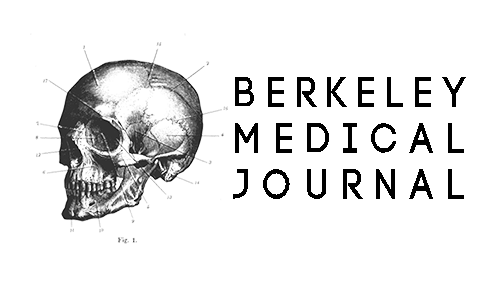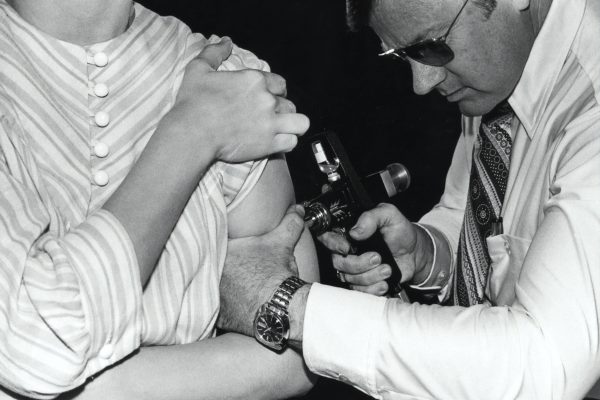by: Sage Geher
The discovery of penicillin prior to WWII is one of the most important milestones in modern medicine, and its wide-scale use during the war made it arguably one of the best defensive weapons employed in the war. Antibiotics are just as important a defensive weapon today as they were in the 1940s, but the war we are fighting now is the one on antibiotic-resistant bacteria. Resistance arises anytime that an infection is treated with antibiotics and the infection is not completely cured, meaning a few lucky bacteria have survived the battle and will return to fight another day. Thus, health agencies, like the CDC, must choose their battles wisely to win the war against resistance. Current policies in the US promote antibiotic stewardship, a practice where newly discovered antibiotics are saved until existing antibiotics are no longer effective against increasingly resistant strains of bacteria. This, however, presents a large issue for the supply chain in a free market economy. Why would a large pharmaceutical company be willing to invest millions of dollars and years of research into the next super-drug when they won’t see profits on the drug for several years, if at all?
This simple issue of supply and demand is compounded by other larger social and political factors. The first antibiotics were seen as miracle drugs, saving millions of lives that would normally be lost to a simple infection. Through the forties and into the fifties drugs like penicillin were mass-produced, becoming as ubiquitous as band-aids and aspirin. Paralleling penicillin’s rise to medicinal fame came economic pressures which drove down its price. After WWII had been won, drug companies that had been manufacturing antibiotics by the ton suddenly saw their marketplace disappear, causing the drug to drop in price by over 90%. These scenarios of massive oversupply, rapid price cuts, and public idolization combined to create an antibiotic culture where these drugs were seen as cheap, effective, and plentiful.
Unfortunately, this “golden age of antibiotics” would not last forever, as the effects of drug resistance became evident. Bacteria can undergo evolution just like any other living organism, but since they reproduce at a much faster rate than humans, they can beat us in the race to survival. If even one bacterium survives treatment with antibiotics, it can go on to reproduce a new generation of bacteria with similar treatment resistance. This is why many antibiotics develop cases of resistance within a matter of years and can be rendered completely ineffective mere decades after their development.
With the issue of drug resistance as a looming concern throughout the later part of the century, there have been worrisomely few new drugs released to the market. This is due to another unfortunate fact: new antibiotics are hard to develop. By the 1980s nearly every class of antibiotic drug had been developed, leaving little room for new discoveries. Entering the 1990’s there were numerous pharmaceutical companies with active antibiotic research programs, but by 2013 the number of programs dropped to just a handful. Conservative estimates put the price of drug development at nearly $2.5 billion. To put that investment metric into perspective, the drug itself may only be beneficial for 10-20 years before bacteria develop resistance to it. As if high research costs, low life expectancy, and delayed release weren’t big enough disincentives to invest in antibiotic research, the culture surrounding these drugs demands a low price tag; consumers simply expect antibiotics to be affordable and effective. So what can be done to save the antibiotics market, and ensure continuing drug research? Keeping in mind that drug stewardship (i.e. controlled demand) is necessary for extending the resistance timeline, economic models of ‘push’ and ‘pull’ incentives have been proposed to help solve the supply issue. Push incentives are tasked with finding ways to reduce the cost of research and development, allowing for more profit when bringing a new drug to market. Some ideas include public-private partnerships, increased government subsidies, tax credits, and expedited FDA approval. Pull incentives aim to provide a reasonable market for the new drug, securing returns on research investments. An example of pull incentives is market exclusivity, banning the sale of generic drugs to allow pharmaceuticals to charge higher prices, and recover investment costs sooner. Although the best answer to this complex issue is still unclear, what is certain is the need for careful thought and consideration by national and international organizations concerning the future of antibiotic development.




